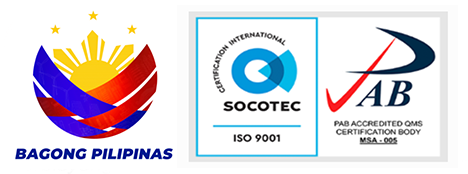The Listahanan or the National Household Targeting System for Poverty Reduction of the Department of Social Welfare and Development (DSWD) Field Office IV-MiMaRoPa reveals that there are 98,663 or 41 percent of poor households that has no access to safe drinking water in the region.
The province of Romblon has 6,814 poor households using unsafe drinking water, Oriental Mindoro has 18,741 households and 15,056 households in Occidental Mindoro. On the other hand, Palawan has the most number with 548, 59 poor households while Marinduque has least number with 3,193 households.
Listahanan, the Department’s targeting mechanism of identifying who and where the poor are shows that 26 percent of the identified poor households get their main source of drinking water from the dug well. Moreover, another 12 percent of the poor households use water from the spring, river and stream while less than one percent of poor household’s source of drinking water comes from collected rainfall.
To face the crisis, the Department of Health (DOH) thru the Center for Health Development (CHD) MiMaRoPa is dedicated to reduce poverty and ensure sustainable access to safe water thru the implementation of the Provision of Water Supply also known as the Sagana at Ligtas na Tubig Sa Lahat (Salintubig) Program.
“The Salintubig is a program that is designed to provide water supply systems for the waterless municipalities, barangays, health centers, and resettlements sites and enhance the capacity of the water service providers in the planning and operation of water supply facilities,” says Sheila Talvan, DOH IV-MiMaRoPa Sanitary Engineer.
“The use of unsafe drinking water gives a high risk of water borne diseases,” Talvan added.
As a response intervention, the Kapit-bisig Laban sa Kahirapan- Comprehensive and Integrated Delivery of Social Services (Kalahi-CIDSS) has served 74 barangays regionwide with potable water facilities sub-projects. Kalahi-CIDDS is the government’s flagship poverty alleviation implemented by the DSWD that aims to empower the communities through greater participation of the people in local governance, particularly those involving poverty alleviation measures.###
![]()


